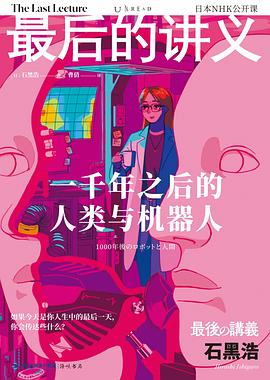WULOLIFE
《石黑浩·最后的讲义》作者: [日]石黑浩 出版社: 海峡书局
《石黑浩·最后的讲义》作者: [日]石黑浩 出版社: 海峡书局
Sale
Sold out
Regular price
€16,00 EUR
Regular price
Sale price
€16,00 EUR
Unit price
per
Tax included.
Shipping calculated at checkout.
Couldn't load pickup availability
Description
内容简介 · · · · · ·
你会讲述什么?日本N HK
日本“现代机器人之父”石黑浩,从机器人视角剖析人类本质,展望技术主导、人机共生的未来。站在技术顶点的专家,给年轻人的人生启示。
“创建一个由各种各样的人形机器人支撑起来的未来社会”,是这位执着于人形机器人的科学家的大胆宣言。让机器人变得更像人,从它们的“思考”中探寻身份认人类的一种方法。
“我认为人类的有机物身体或许是为了让物质的进化、智能化加速的一种手段,或许我们人类最终会再次变回无机物…… 从有机物存在于这个世界上的意义、人类存在于这个世界上的意义来看,我们或许正"
投诉
作者简介 · · · · · ·
石黑浩
1963 ATR version
从以其本人为原型的人形机器人开始,他研发了包括作家、演艺圈人士等在内的多款人形机器人,成为“人形机器人研发第一人” ,受到世界瞩目。他将认知科学、哲学以及脑科学融入机器人研他尝试建立人与机器人的亲密关系。这些成果也被他用来反哺机器人研发,从而制造出他梦想中“最接近人的机器人”。著作有《如何才能创造“人”——成为人形机器人的我》《人形机器人能否成为人类》《我制作机器人的理由——从日常中设计未来的生活方式》等。
